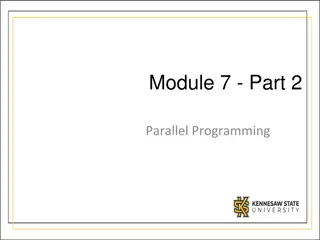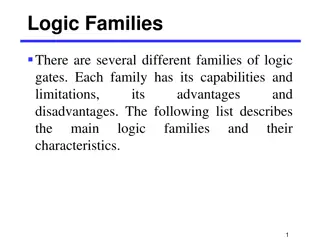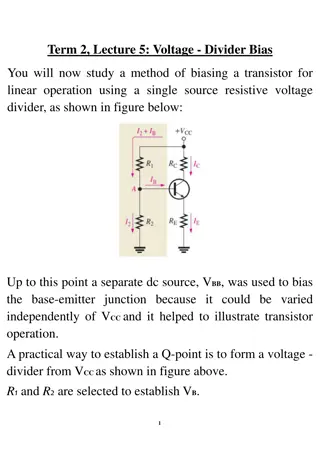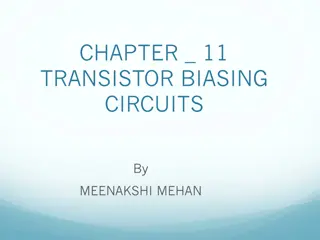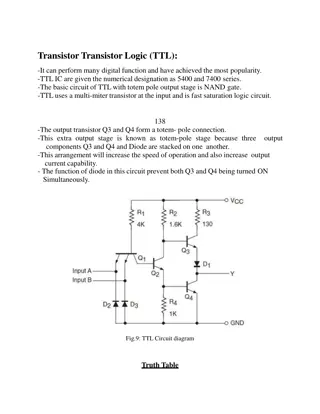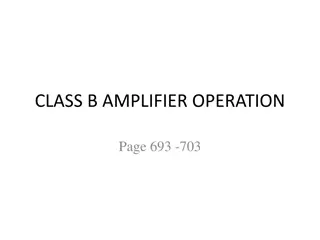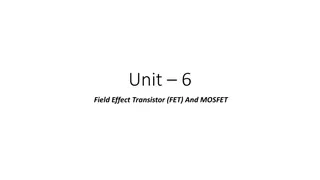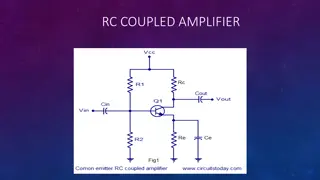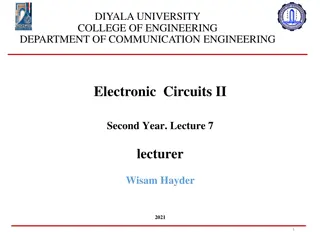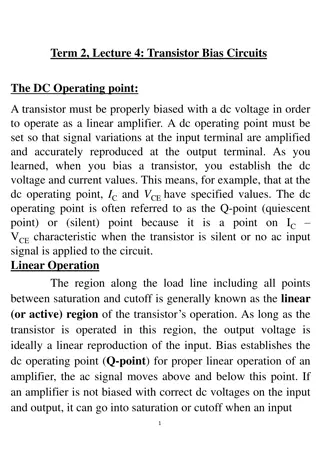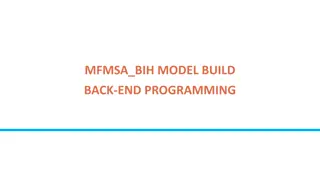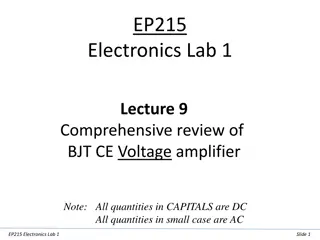The Two-Transistor Model of SCR for Beginners
Explore the two-transistor analogy of SCR, a method illustrating SCR as a combination of PNP and NPN transistors. Discover how the working principle is easily explained through this model, showcasing the transition from off to on state when triggering the SCR. Uncover the accumulative action of current flow in both transistors leading to saturation and heavy current through the load resistance. Learn how SCR can be effectively represented with this innovative model and deepen your understanding of semiconductor devices.
Download Presentation

Please find below an Image/Link to download the presentation.
The content on the website is provided AS IS for your information and personal use only. It may not be sold, licensed, or shared on other websites without obtaining consent from the author.If you encounter any issues during the download, it is possible that the publisher has removed the file from their server.
You are allowed to download the files provided on this website for personal or commercial use, subject to the condition that they are used lawfully. All files are the property of their respective owners.
The content on the website is provided AS IS for your information and personal use only. It may not be sold, licensed, or shared on other websites without obtaining consent from the author.
E N D
Presentation Transcript
Semiconductor Fundamental and Devices (ELC 302), Two Transistor model of SCR
What is the two transistor model of SCR? Or What is the two transistor analogy of SCR? Two transistor analogy of SCR is a method of representing SCR in the form of two transistor model. This represents SCR is the combination of PNP and NPN transistor. SCR or thyristor is semiconductor device which having P-N-P-N structure. a three terminal
Two transistor analogy of SCR Two transistor analogy of SCR is a method of representing SCR in the form of two transistor model. This represents SCR is the combination of PNP and NPN transistor. Now can see the base of the transistor T1 is work as the collector of the transistor T2 and collector of the transistor T1 work as the base of the transistor T2.
SCR working with two transistor model Working of the SCR can be easily explained by two transistor model of SCR. As per figure can see with supply voltage V and load resistance R is applied to SCR. Here first Assume the supply voltage V is less than break over voltage as is usually the case. When the gate is open (i.e. switch S open), there is base current Ib=0. For the base of the T2 is connected with the collector of The T1. Therefore, no current flows in the collector of T2 and hence that of T1. So for this condition, SCR is in OFF condition.
Whenever switch S is closed, a small gate current will flow through the base of T2 which means its collector current will increase. The collector of the transistor T2 is connected with transistor T1. So, the collector current of T2 is the base current of T1. Therefore, the collector current of T1 increases. But collector current of T1 is the base current of T2. This action is accumulative since an increase of current in one transistor causes an increase of current in the other transistor. As a result of this action, both transistors are driven to saturation, and heavy current flows through the load RL. Under such conditions, the SCR closes.
Facts about two transistor analogy of SCR SCR can be represented in two transistors (pnp and npn transistor). With the two transistor model of SCR working principle can easily understand.


